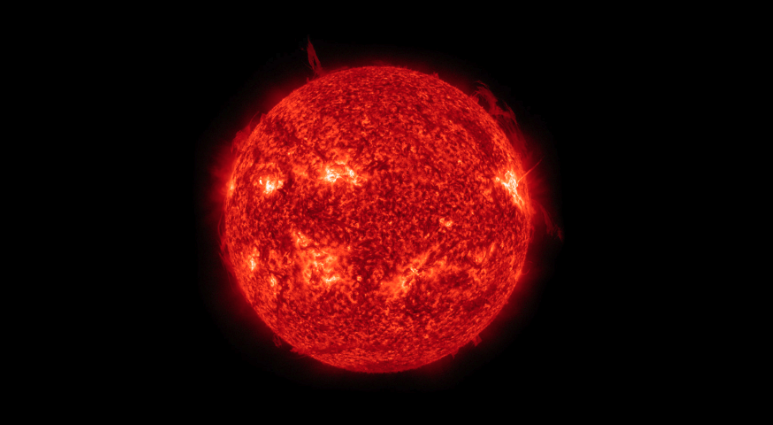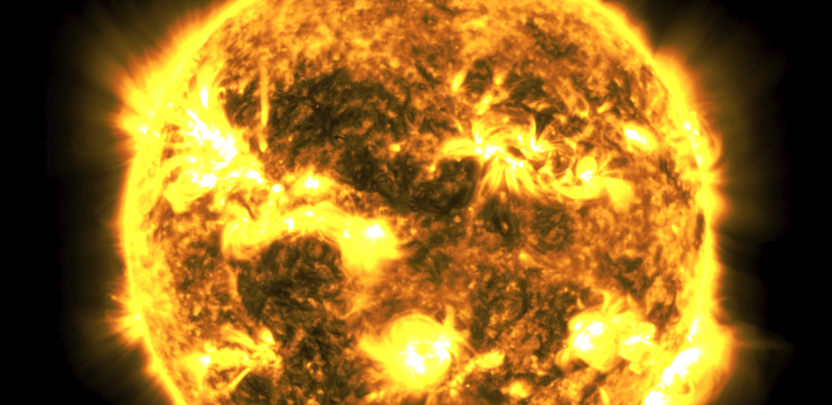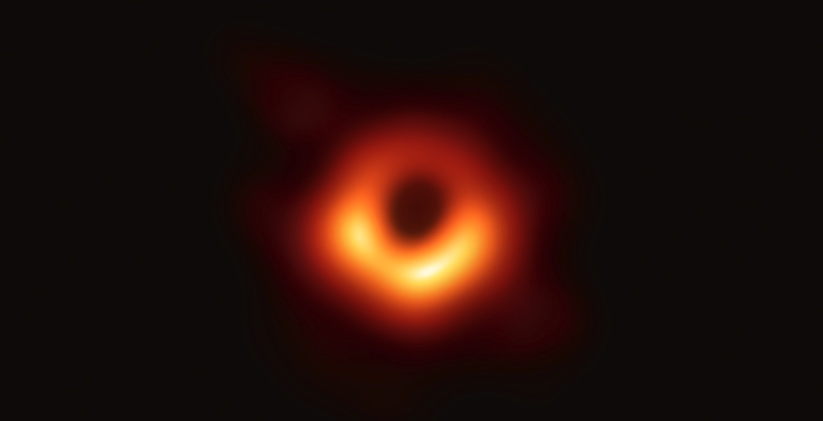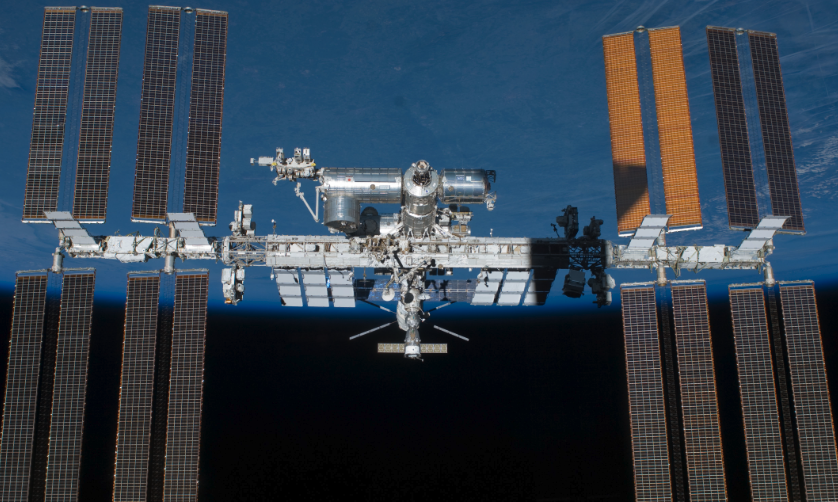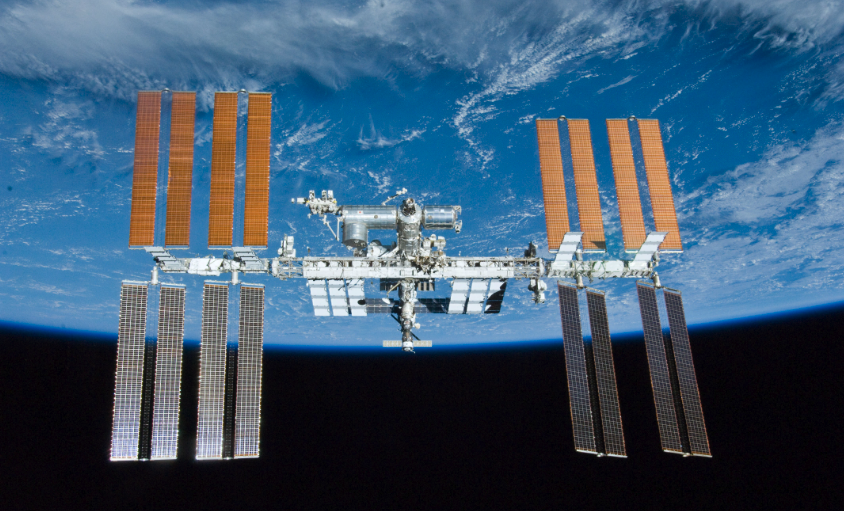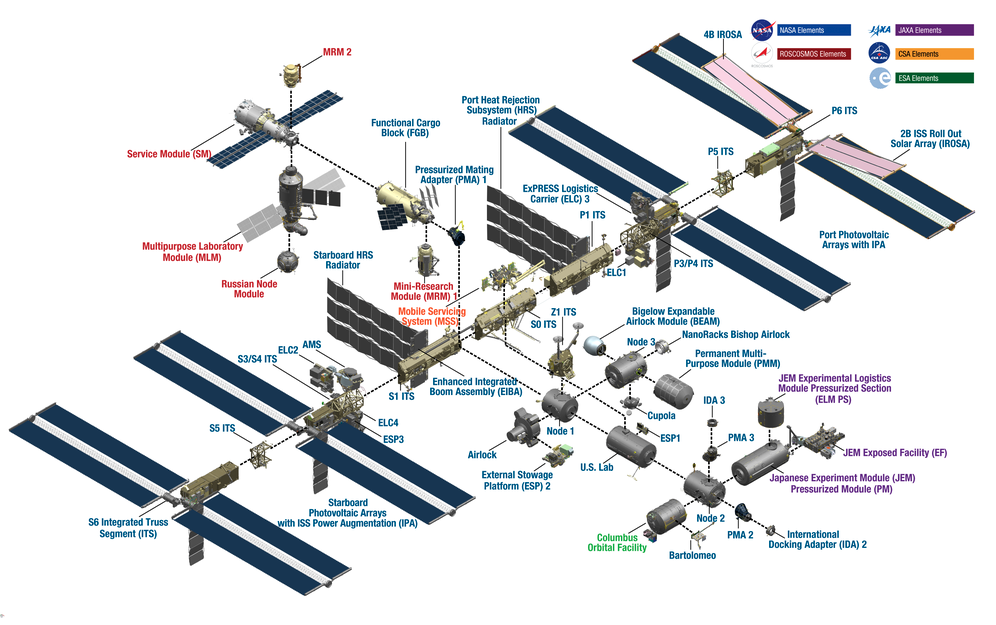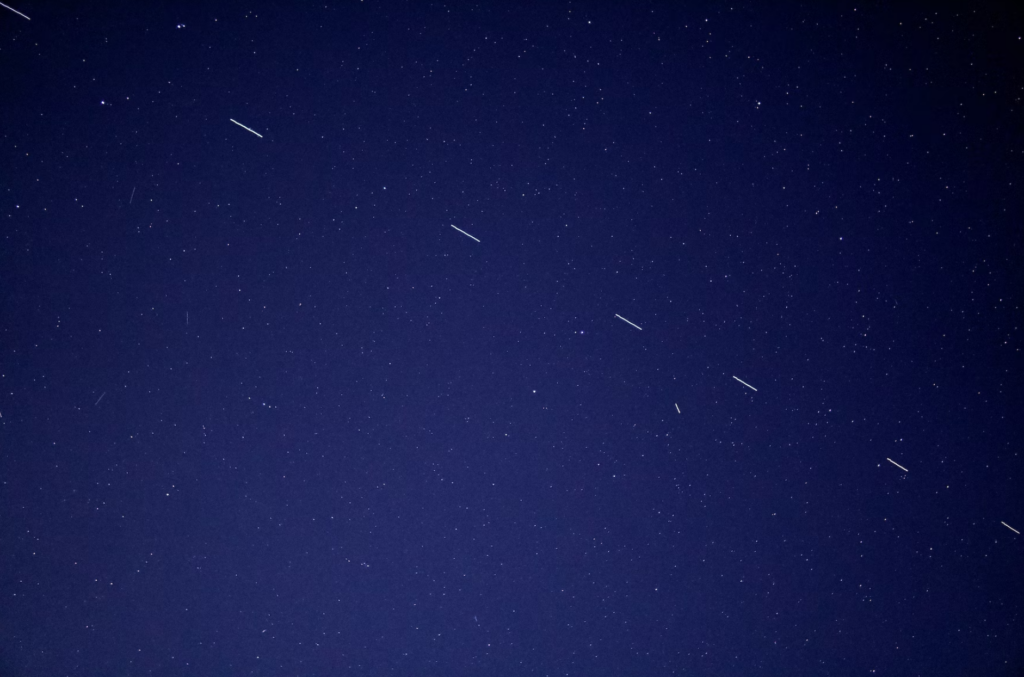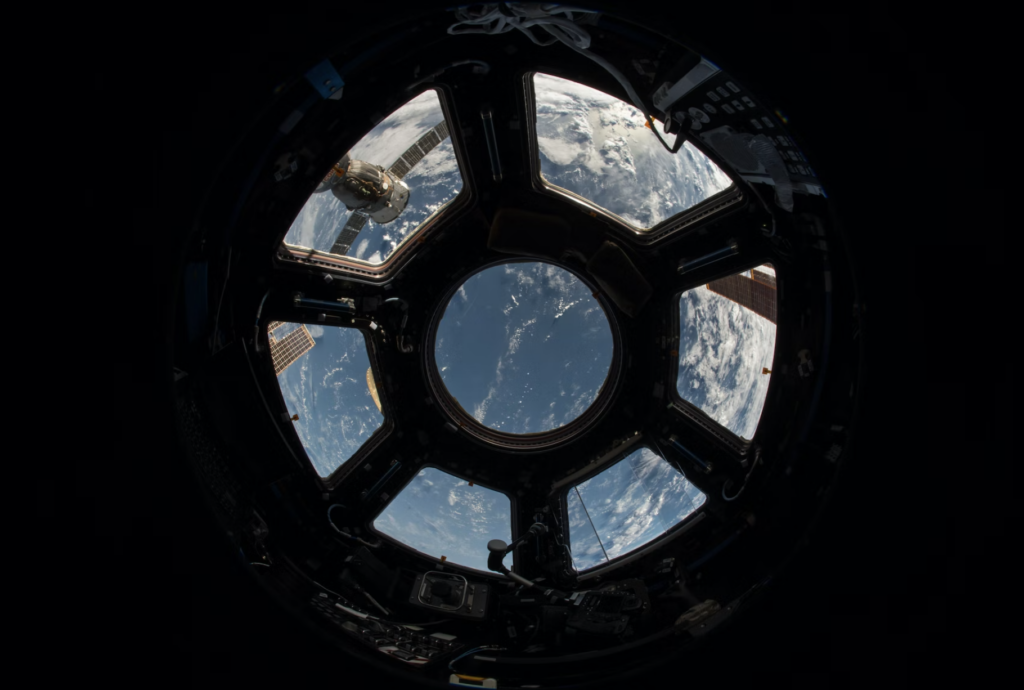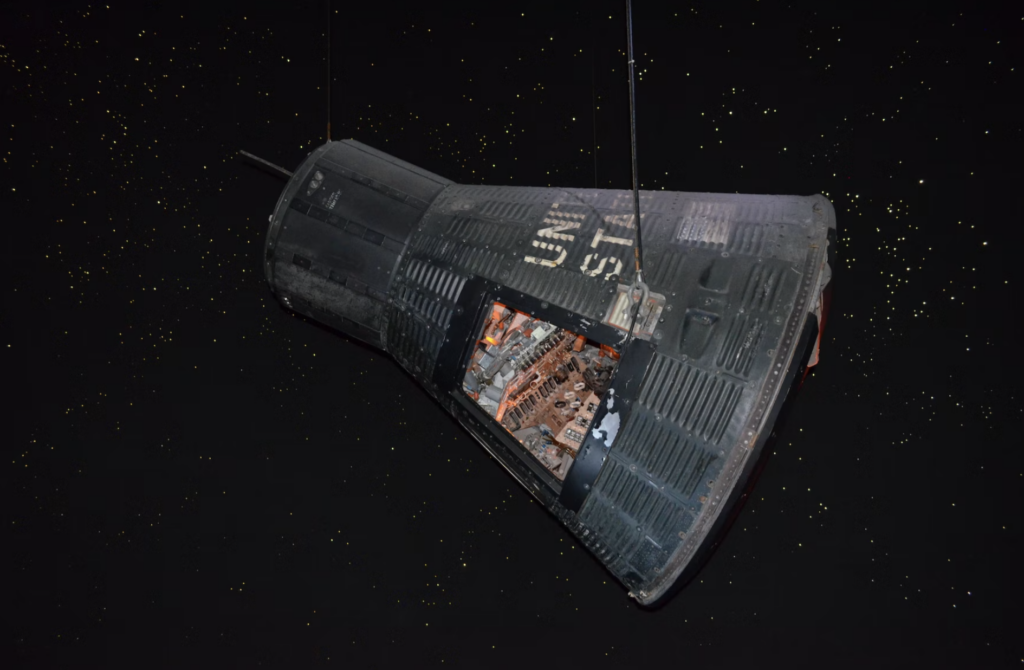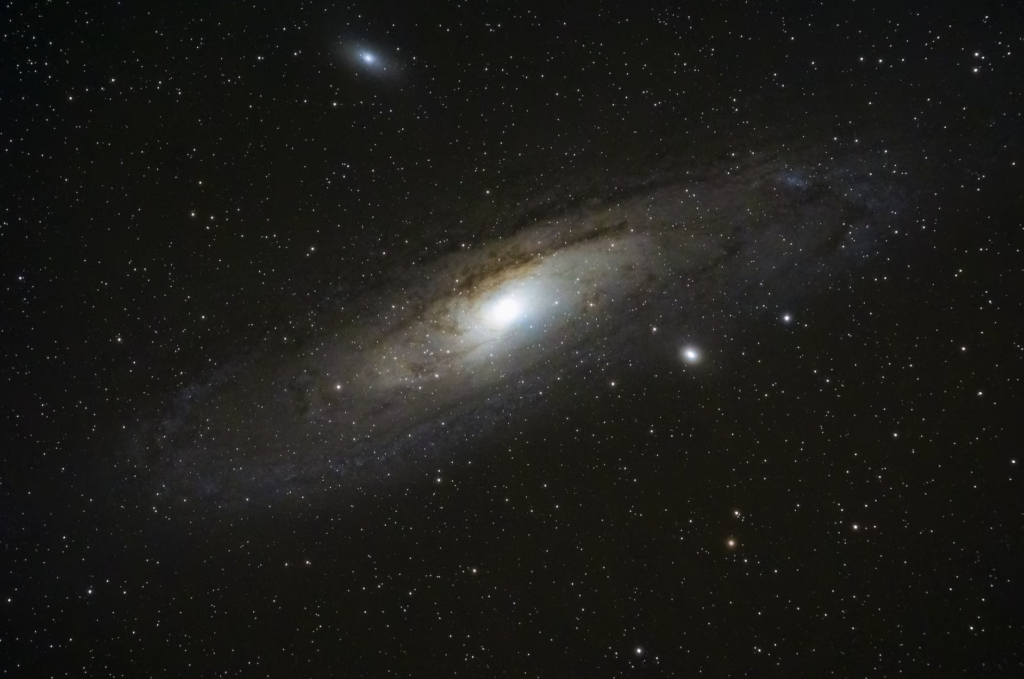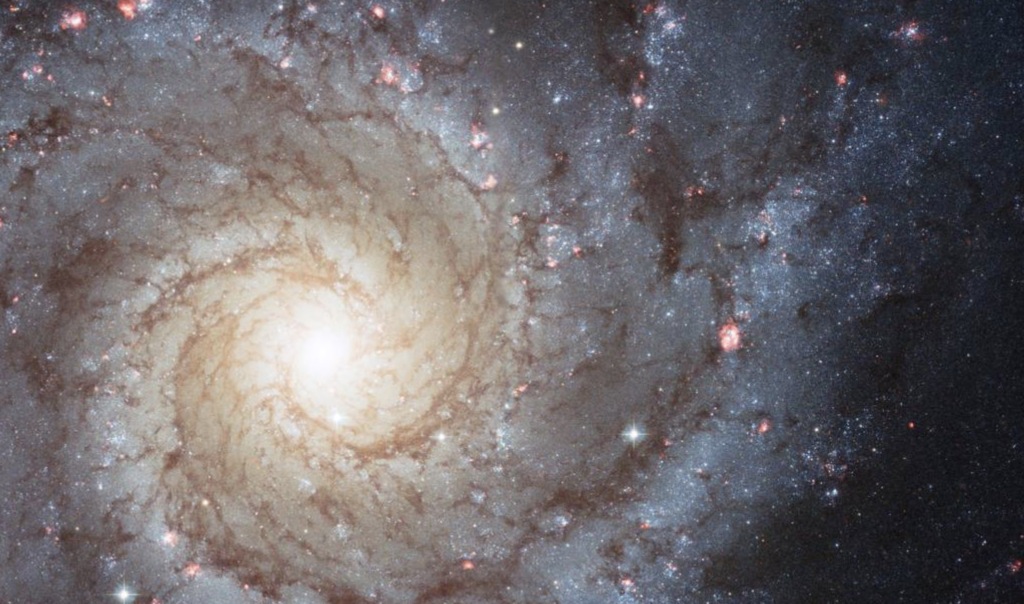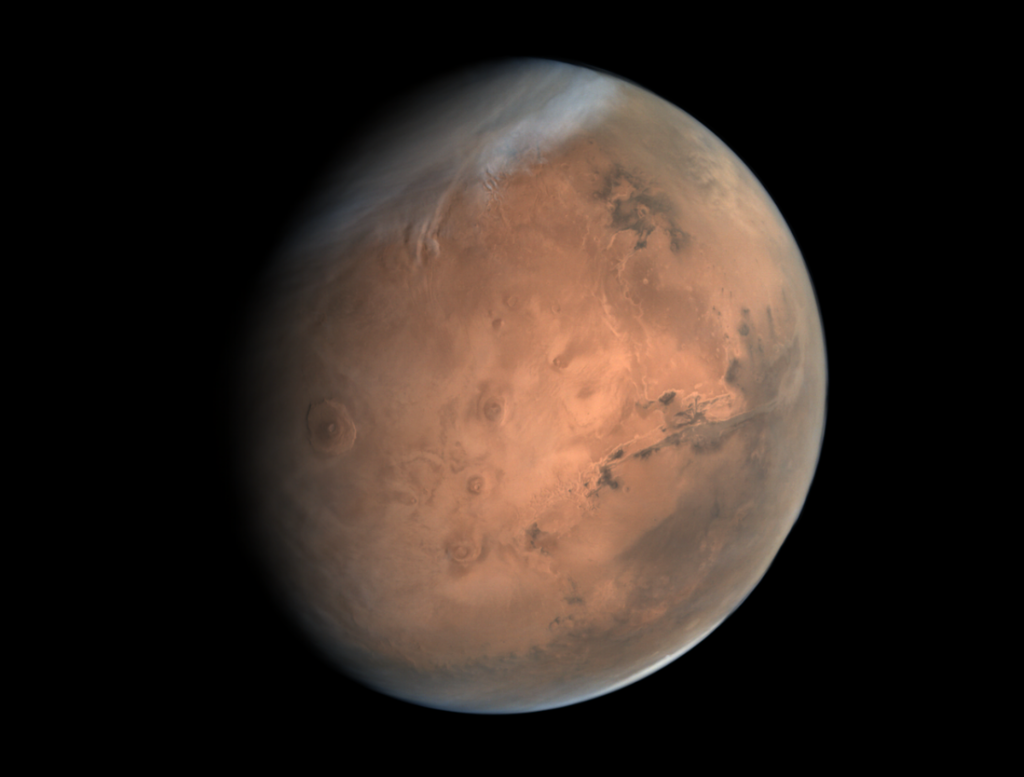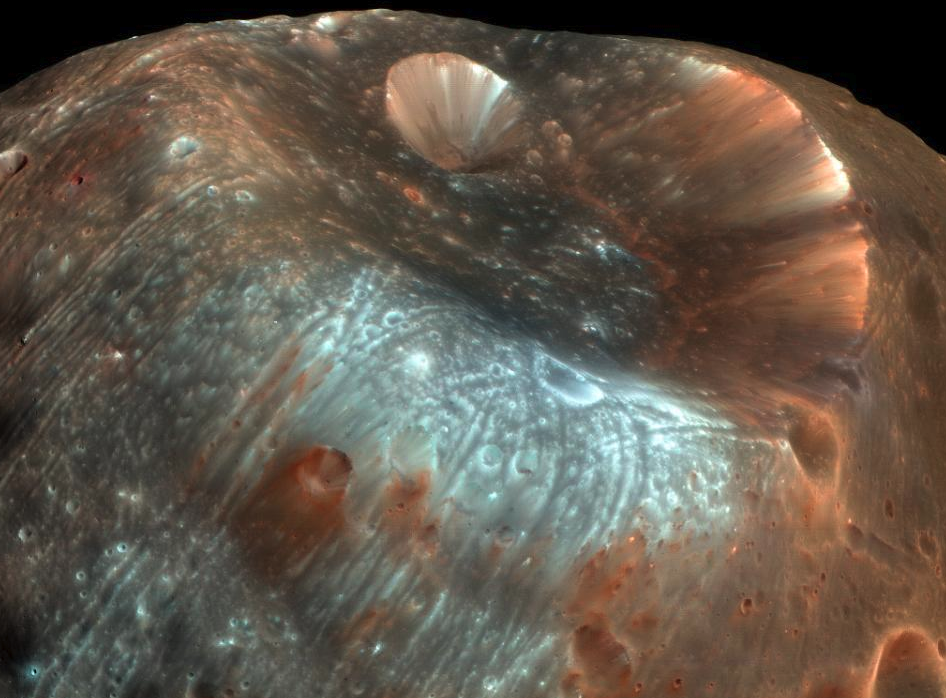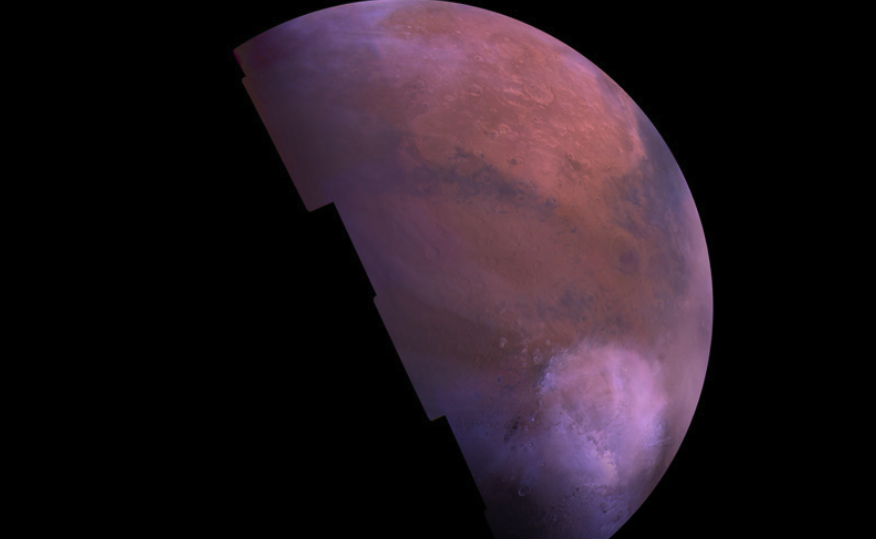Alpha Centauri
Table of Contents
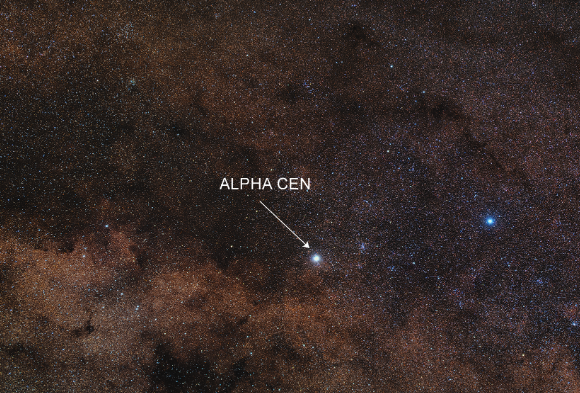
The Alpha Centauri System
The Alpha Centauri system is a very typical star system. It is the closest system to the Earth and gets a lot of attention from us since it is relatively easy to observe. Like most star systems, its birthing process produced more than one star; it has three.
Alpha Centauri A and B are Sun-like yellow dwarf stars and form a binary star system. They rotate around a common point and are approximately as close to each other as Saturn and the Sun. The third star, Alpha Centauri C (also called Proxima Centauri) is a Class M red dwarf. It is not clear if Proxima Centauri is rotating around the two Alpha Centauri stars or just happens to be near them.
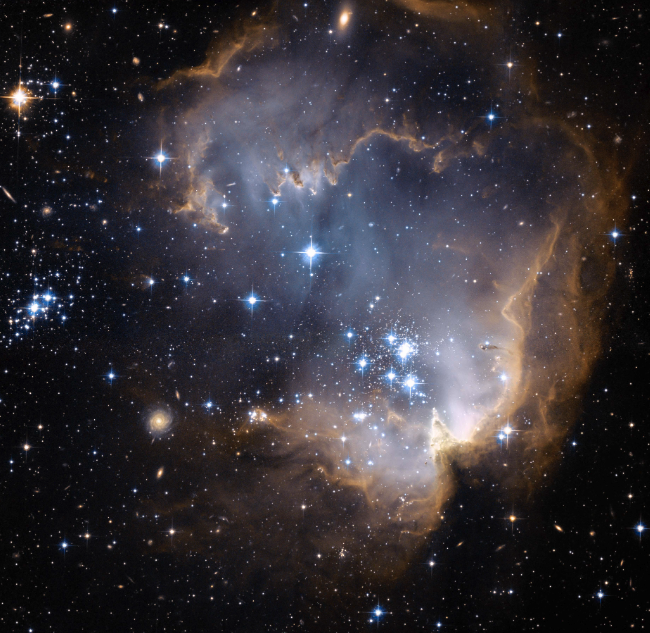
Is There Life in the Alpha Centauri System?
The most exciting about Proxima Centauri is that it has confirmed planets, one of which is an Earth-like planet within what is called the “habitable zone”, namely it may be the right temperature to support life as we know it. Unfortunately, Proxima Centauri is prone to emitting massive flares of energy at random intervals, which may render the planet unlivable.
What would it be like to live in a three-star solar system?
Alpha Centauri A and B may also have planets (the astronomers are not yet sure about this). If you lived on a planet orbiting Alpha Centauri A, it would appear similar to the Sun viewed from Earth, rising and setting on a regular daily schedule.
Alpha Centauri B would periodically appear in the sky, like the Moon, but much brighter. The two stars have an eccentric orbit that takes around 80 years to complete. At their closest approach, the secondary lighting from Alpha Centauri B on your planet would be as bright as typical indoor lighting. At their furthest approach, the light would be more like a dim porch light. Proxima Centauri, being a dim red dwarf, would just look like any other star in the sky.
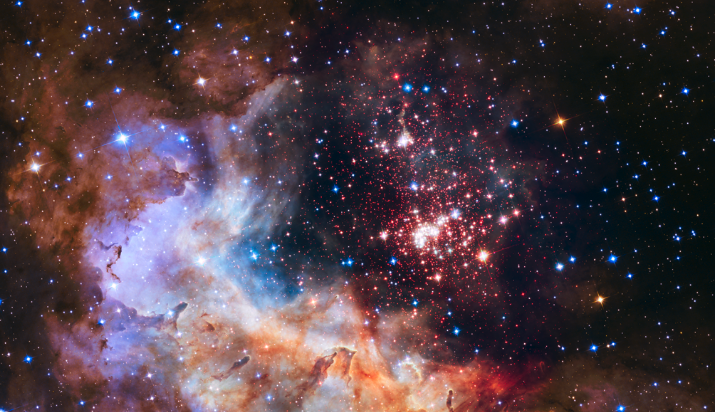
Can we visit Alpha Centauri?
NASA is planning to send an unmanned spacecraft to the Alpha Centauri system in 2069, but it would probably take around 44 years before it arrived and another 4 years for its information to start arriving back at Earth, namely in the year 2117.
The Breakthrough Starshot program could, in theory, travel to the Alpha Centauri system in around 20 years. The Starshot program, which was co-founded by Stephen Hawking in 2016, is trying to create light sail spacecraft that can move at around 20% of the speed of light.

